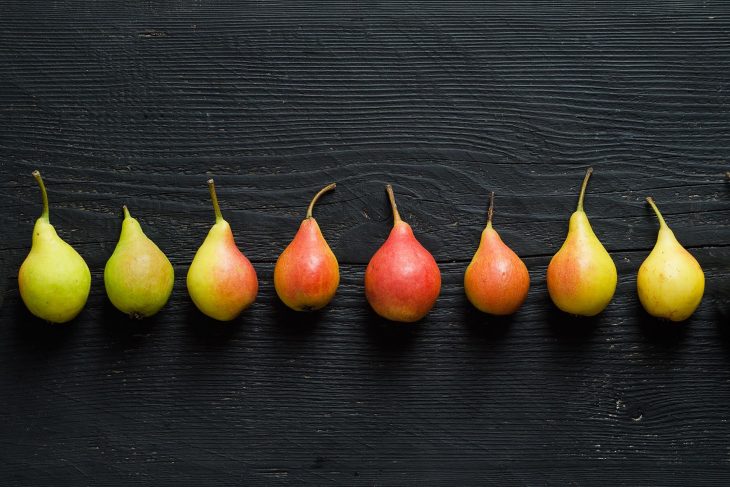GUADALAJARA, Mexico — Over the past year, the U.S.-Mexico relationship has come under scrutiny as never before in recent history, with the new administration focusing on trade imbalances, the loss of U.S. jobs and a possible renegotiation of NAFTA.
For the U.S. produce sector, however, it is a relationship that continues to bear fruit, with U.S. exporters seeking opportunities to broaden their share of what for many is their most important non-domestic market.
The importance of this relationship was evident in the strong presence of U.S. exporters, marketing organizations and state governments at the recent Expo Antad y Alimentaria show March 7-9.
For Pear Bureau Northwest — whose members’ products have “USA Pears” stickers — Mexico is the largest export market, accounting for close to 20% of total production across varieties and sizes. Jeff Correa, the bureau’s international marketing director, said Mexico is open to different sizes and grades in a way rarely seen in the U.S.
“Mexico is our most dynamic export market — it will take all grades and nearly all sizes and varieties, and that gives us a lot of opportunity and flexibility,” he said. “When we have big-sized pears during certain years, we are able to push that volume and encourage retailers as well as wholesalers to go up one or two sizes.
“Likewise, when we have really small pears, there are opportunities we can develop in Mexico more than any other export market and more so than the domestic market, which is pretty rigid in terms of only wanting large-sized pears,” Correa said.
Principally a green anjou market, Mexico took some 3.3 million cartons of the variety last year, accounting for close to 70% of total U.S. pear exports. The market also receives significant volumes of bosc (200,000 cartons) and green bartlett (150,000 cartons) pears.
However, higher prices due to a smaller crop — production for the 2016-17 current season are about 3 million cartons lower than the 20-million-carton high of three years ago — as well as the dollar-peso exchange rate, have both had an effect this season, making U.S. pears more expensive in Mexico.
“Recently, our f.o.b. prices have been on the higher side, so we have been pushing the level of where we are in terms of the top level of our pricing and that has corresponded with relatively smaller volumes. If we were to go back to the 20 million to 21 million boxes where we were in 2013, that would bring down prices and open up more opportunities in Mexico,” Correa said.



